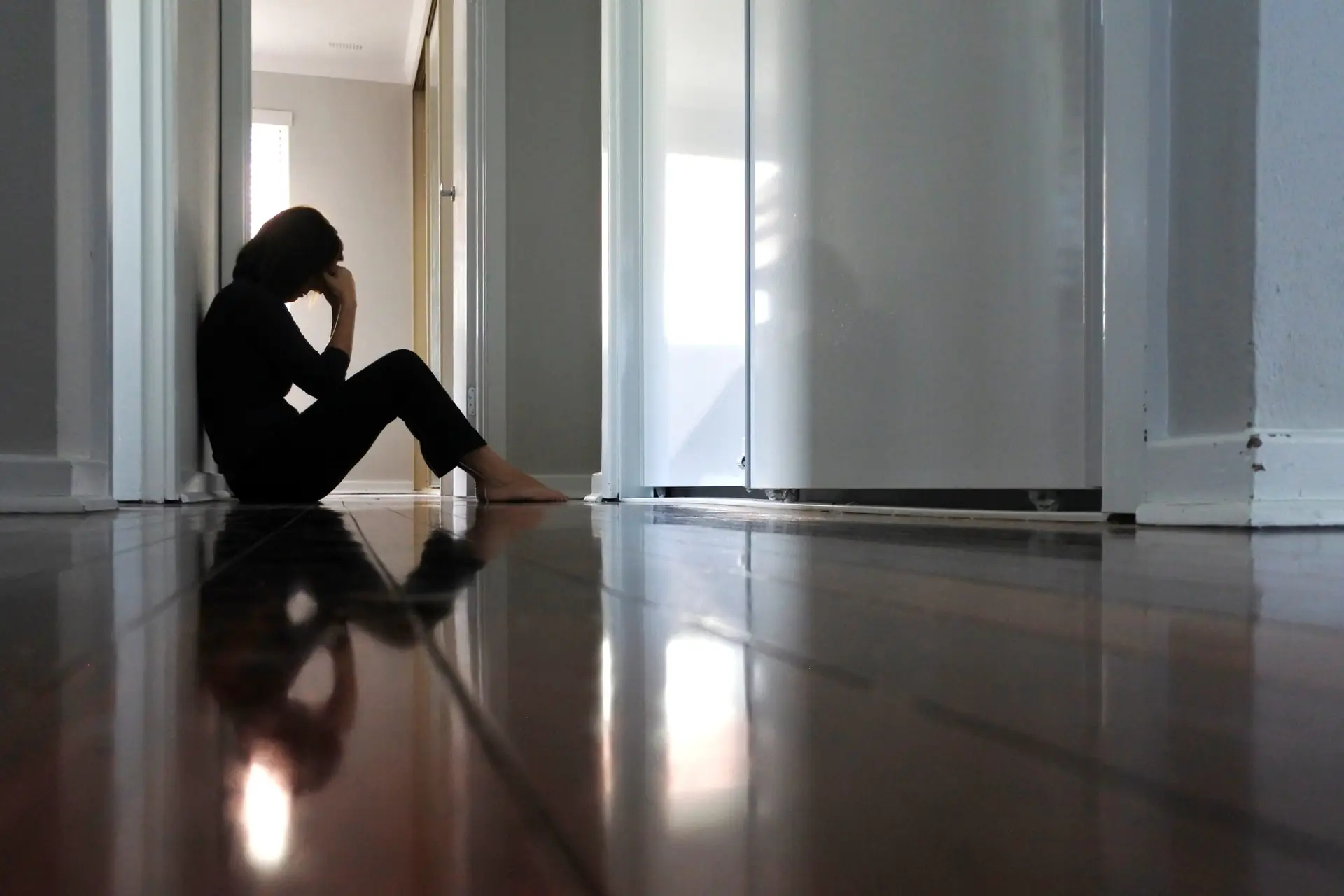Lifetime health cover loading in health insurance
Lifetime Health Cover Loading Explained
Strap yourself in. If mathematics or problem solving is not your jam, it’s probably best you skip all this and call us for an accurate health insurance quote. Read on if you’re interested though.
On July 1st, 2000 the Australian government introduced Lifetime Health Cover loading to encourage people to take out private hospital cover earlier in life. Health Insurance lifetime loading potentially increases the cost of private hospital cover for anyone over the age of 30 who have not held private hospital cover. Lifetime health cover loading only affects the cost of private hospital cover, the cost for extras/ancillaries are not affected whatsoever.
The Lifetime Health Cover loading penalty is a 2% increase on premiums for every year over the age of 30 that someone has not held an eligible health insurance policy (or something equivalent to). Uninsured Australian citizens and residents receive their first 2% age penalty at age 31. It then accumulates at 2% for every year not covered thereafter. If you’re over 31 and you’ve never held private hospital cover, one simple way to estimate your LHC penalty is to use the following formula:
(Current Age – 30 years) x 2 = LHC% (maximum 70%)
For example, a 40-year-old would have a 20% Lifetime health cover loading if they had never previously held hospital cover in Australia. This is because the person was not covered for 10 years after the age of 30. 10 years at 2% per year is 20% LHC. In this example, the cost of a private hospital cover for this person would be 20% more expensive than the base price of the policy.
Things that may affect your lifetime health cover loading
There are a lot of ins-and-outs with lifetime health cover loading that need to be taken into consideration before estimating if you have LHC and what your loading percentage might be. This is why comparing health insurance can be so unbelievably perplexing for most Australians and why we offer to help one-on-one.
Once you hit 65 years of age without ever having an eligible hospital cover you will have incurred a maximum 70% LHC penalty. This is where it stops accumulating at 2% per year. No matter how old you are past 65 years your LHC would be capped at 70%.
Your loading % will lock-in when you insure yourself with an eligible policy. It will not go up by another 2% every year as long as you are holding cover.
Once you hit 10 years of continuous hospital cover (even if you switched between different health funds during that time or used up some of your Grace Period) your Lifetime Health Cover loading will be reset back to 0%. Once accrued, LHC can only be removed by holding an Australian private hospital cover product for a total tenure of 10 years. Being overseas is not considered the equivalent of holding an Australian private hospital cover product for the purposes of accumulating your 10 years of continuous cover.
This is one of the reasons there is a lot of health funds and health insurance comparison services advertising about “taking out health insurance by June 30” and similar urgent messages around the middle of the year. Once it hits midnight on the evening of June 30, all bets are off.
Enough said. If you’re born before this date you are completely exempt.
The Government gives each person 1094 days (three years) of grace to drop their health insurance before imposing LHC onto them. In essence, this means you can cancel your policy for a time without running the risk of incurring penalties. The health insurance grace period is a consumable total, so whatever used from the 1094 days before hospital cover is taken up again does not refresh. You will keep the balance of any unused days though, so it is always advised to use them only when sorely required. If you have held private hospital cover for any amount of time since July 1st 2000, you may have already used all or some of your grace period and may have a lower loading than you might think. It’s important to note that some funds will allow you to suspend your cover for shorter periods of time without affecting your grace period (such as for holidays or brief trips abroad).
Any new Australian residents or citizens are given 12 months from the date they receive full Medicare Entitlements to take up private hospital cover before incurring any LHC penalties. If private hospital cover is not taken out on or before the first-year anniversary from the date of receiving Medicare entitlements, the subject will receive full LHC for each year they are over 30.
For determining your Certified Age of Entry for LHC loading, any Australian’s who have been living or working overseas are considered equivalent to having held hospital cover for that time abroad. Think of it as a pause button on your CAE on what it was before you left the country. If you were overseas when you turned 31, you will not incur any LHC until returning to Australia. A returning Australian is given 12 months from the anniversary of the date they got back to take up hospital cover to avoid full LHC calculated based on your age. Those working or living abroad can return to Australia to visit or holiday for up to 90 days before it is considered ‘returning to Australia’.
If you have recently been living or working overseas and are looking to take up health insurance, you’ll want to organize a Movement Statement from the Department of Home Affairs to provide to your health fund as proof. This is officially known as a ‘Form 1359: Request for international movement records’.
This is common sense. Eg. if one adult has 26% loading and the other adult has 20% loading, then the couples/family hospital cover policy would have a 23% loading applied (the average of the two). It would cost exactly the same as being on two separate singles policies, so there’s no good reason to worry about this one. Just an FYI.
The ADF provides currently serving Australians with private health services, and likewise with ex-serving Australians on a DVA Gold card. Anyone who is discharged from service or has their DVA Gold Card benefits revoked will need to take up private hospital cover to avoid accruing any new LHC penalties going forward. If unused, the 1094 day grace period will be taken into consideration. Your new health fund will let you know what information they require you to provide if you fall into this category.









